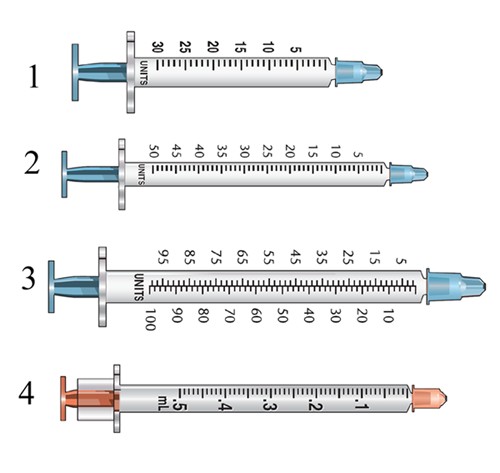After being in labor for several hours with no progress, a client is diagnosed with CPD (cephalopelvic disproportion), and must have a cesarean section. The client is worried that she will not be able to have any future children vaginally
After sharing this information with her care provider, the nurse would anticipate that the client would receive what type of incision? 1. Transverse
2. Infraumbilical midline
3. Classic
4. Vertical
1
Explanation: 1. The transverse incision is made across the lowest and narrowest part of the abdomen and is the most common lower uterine segment incision.
You might also like to view...
A patient who is prescribed sucralfate asks how this drug will help treat his gastric ulcer. What is your best response?
a. "Sucralfate decreases secretion of gastric acids to help your ulcer heal." b. "Sucralfate completely blocks the secretion of gastric acids so your ulcer can heal." c. "Sucralfate treats the infection with H. pylori that is the major cause of gastric ulcers." d. "Sucralfate forms a thick coating to cover the ulcer, protect it from further damage, and allow healing."
A client asks about the difference between the New York Heart Association (NYHA) and American Heart Association/American College of Cardiologists (AHA/ACC) heart failure classification models
Which response by the nurse is the most appropriate? 1. "The NYHA classifications omit asymptomatic clients." 2. "The AHA/ACC model includes extra classifications for the most severe cases.' 3. "There is no true difference between the classifications." 4. "The AHA/ACC classifications include clients who do not have, but are at risk for, heart failure
Which syringe would you select to administer Humalog® 4 units?
A. Syringe 1 B. Syringe 2 C. Syringe 3 D. Syringe 4
Patients should be educated to consult their ________ before starting vitamin or mineral supplementation
What will be an ideal response?